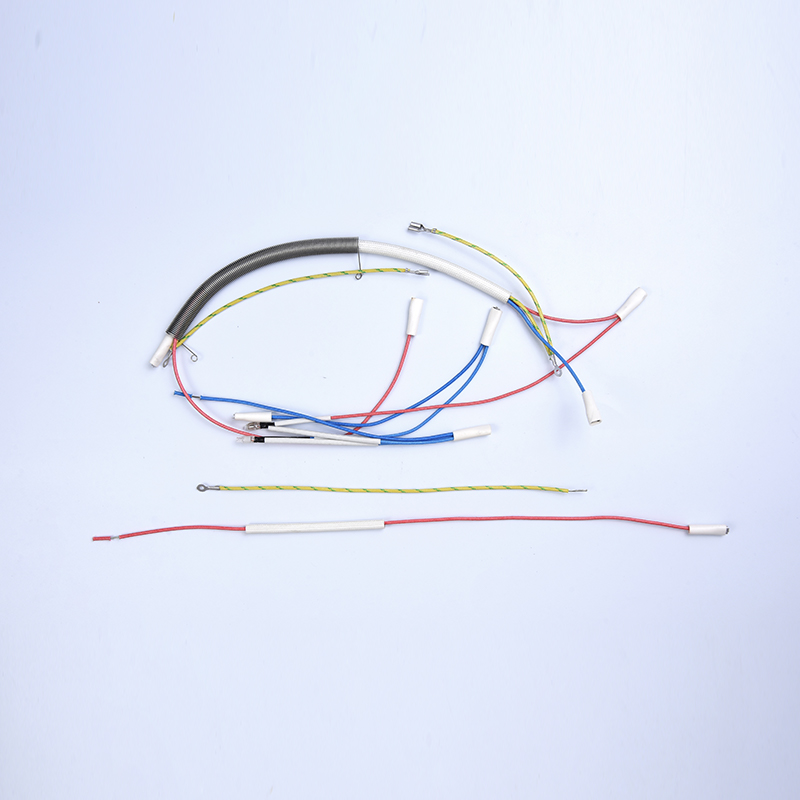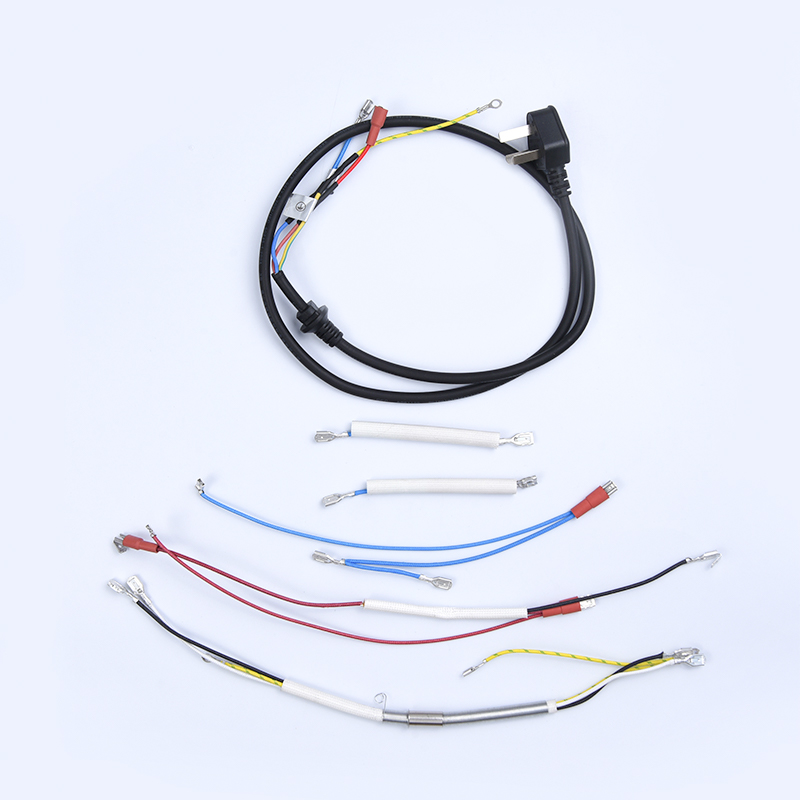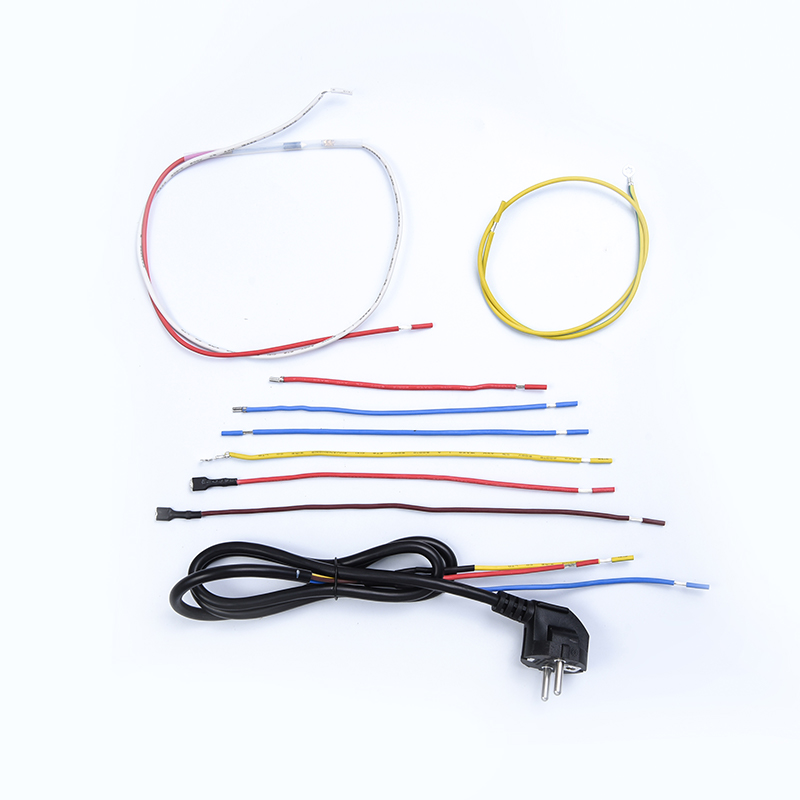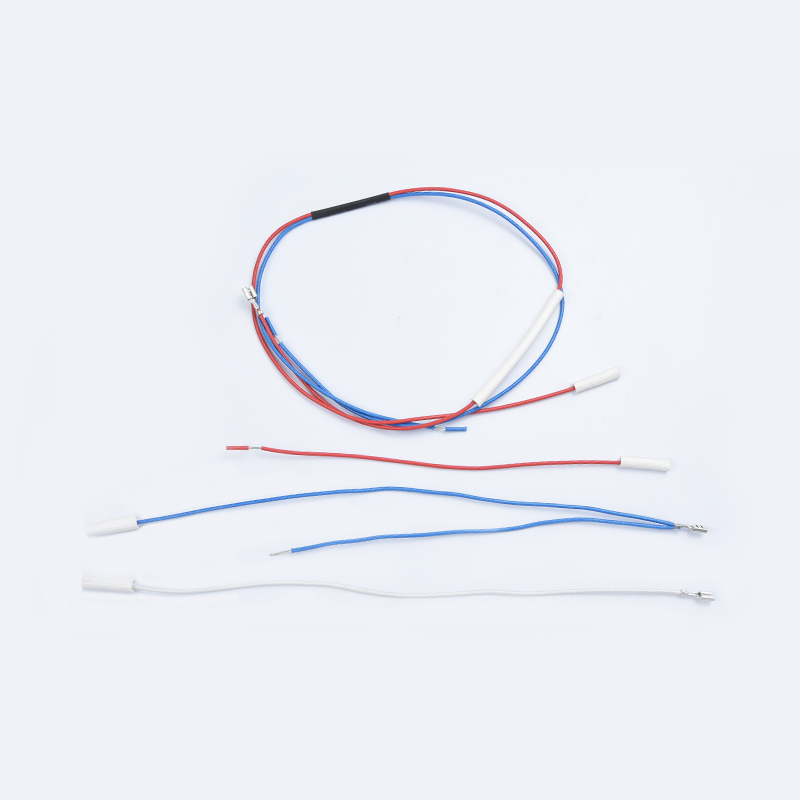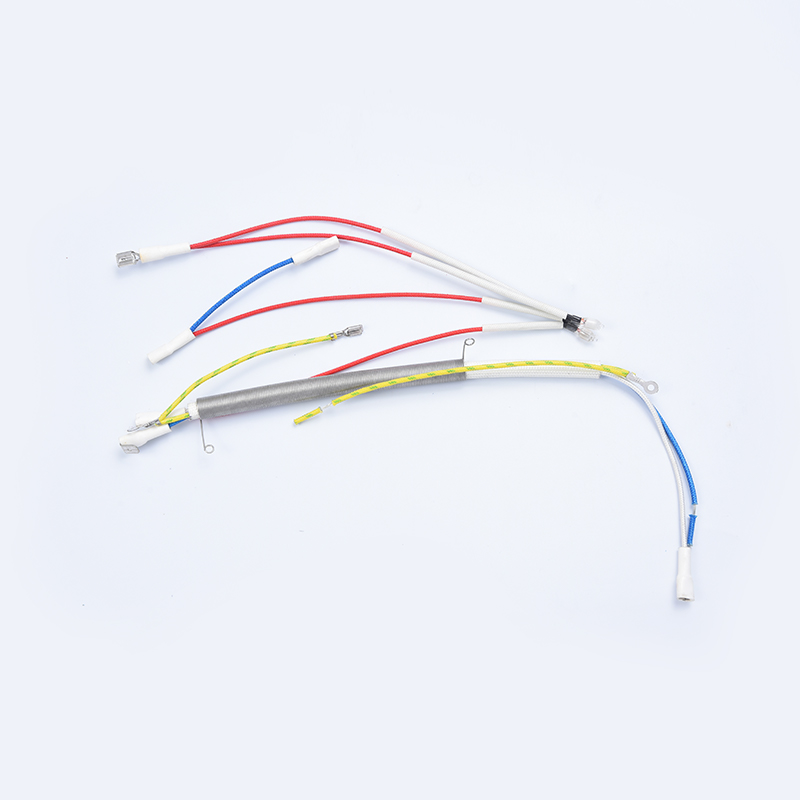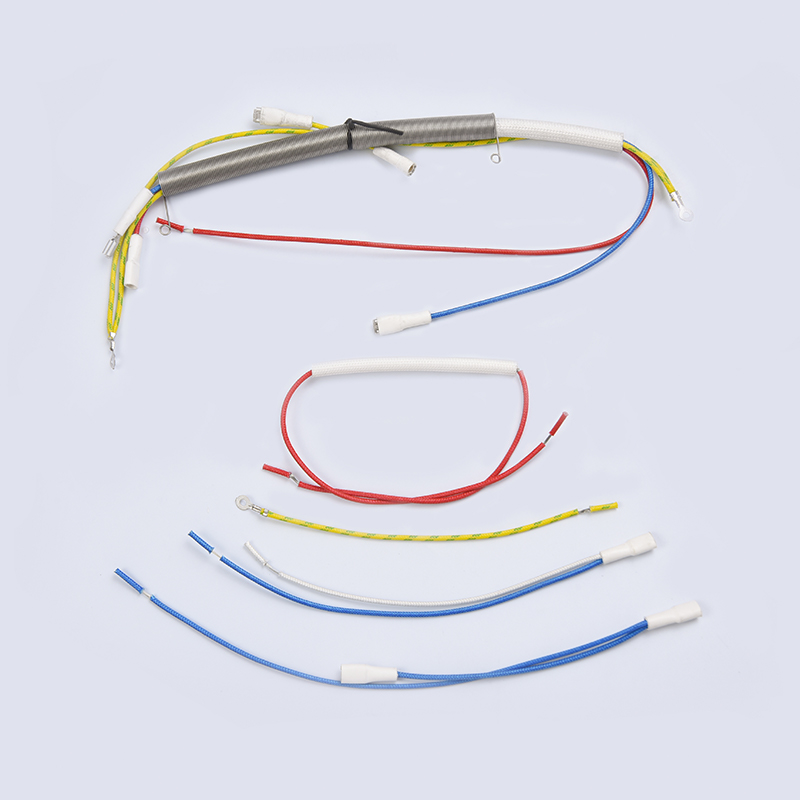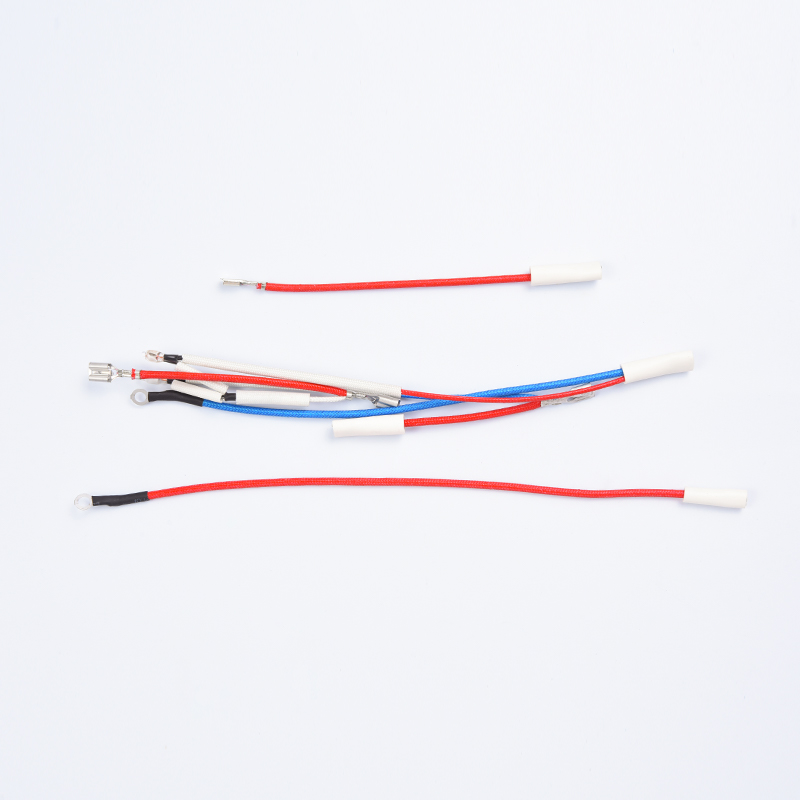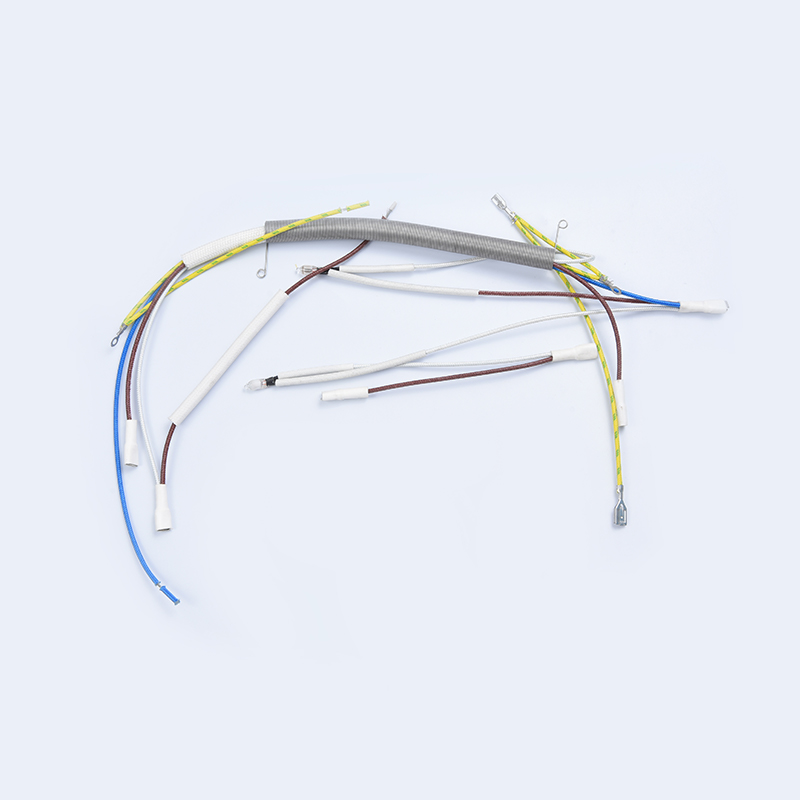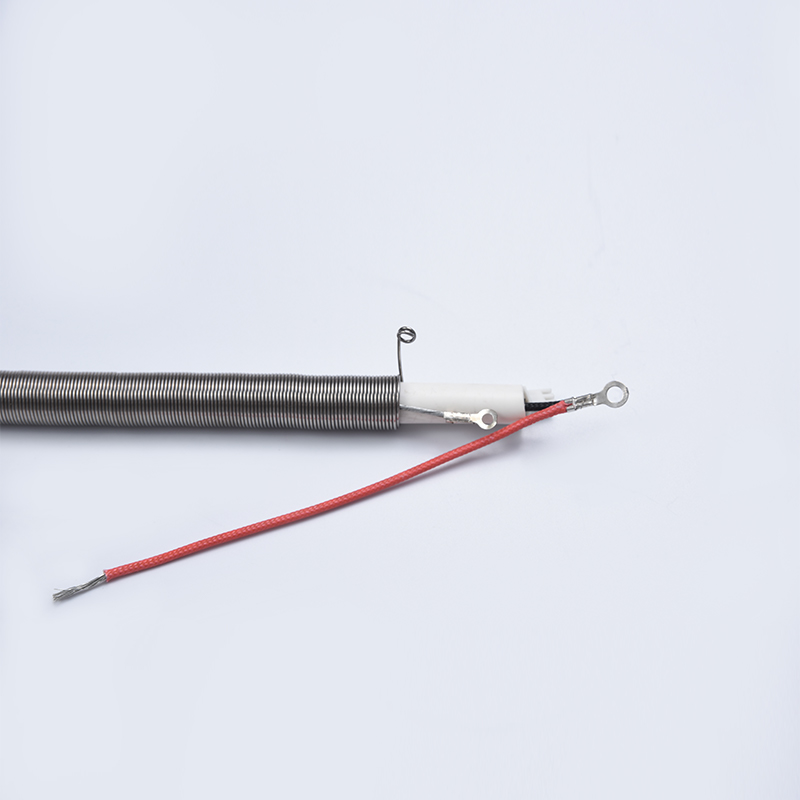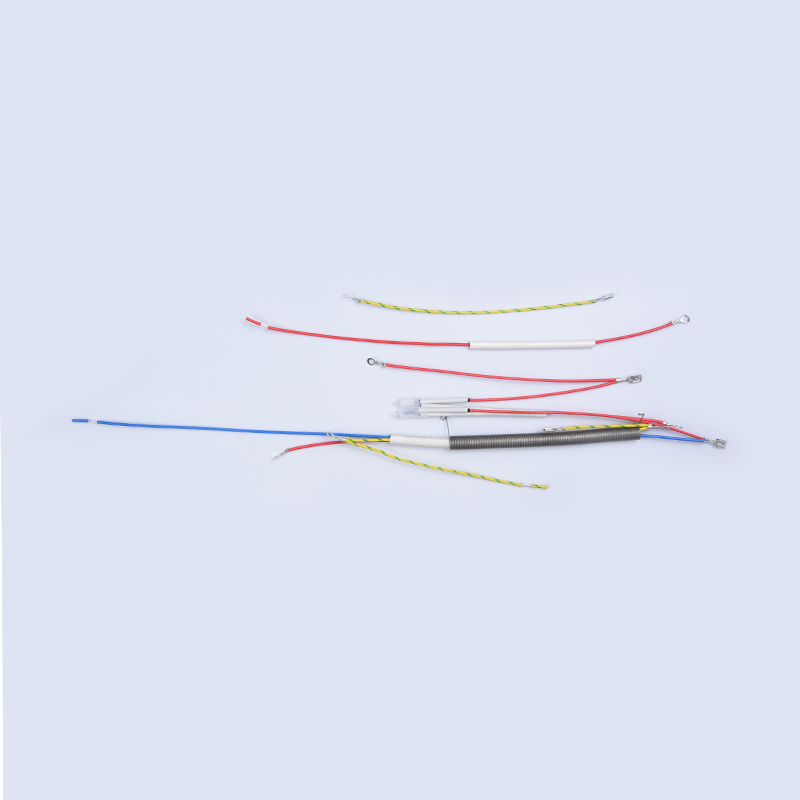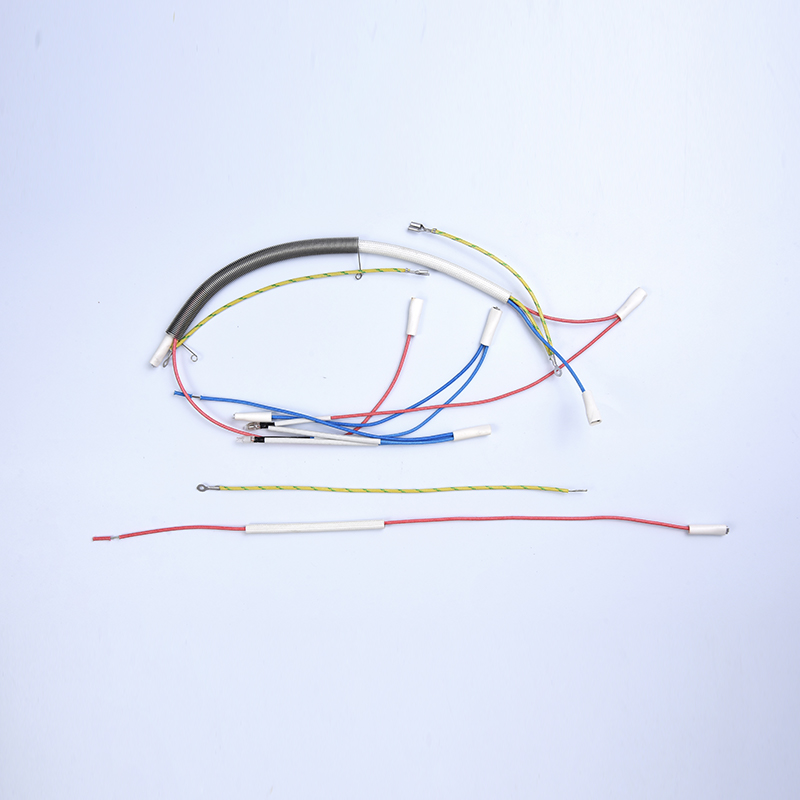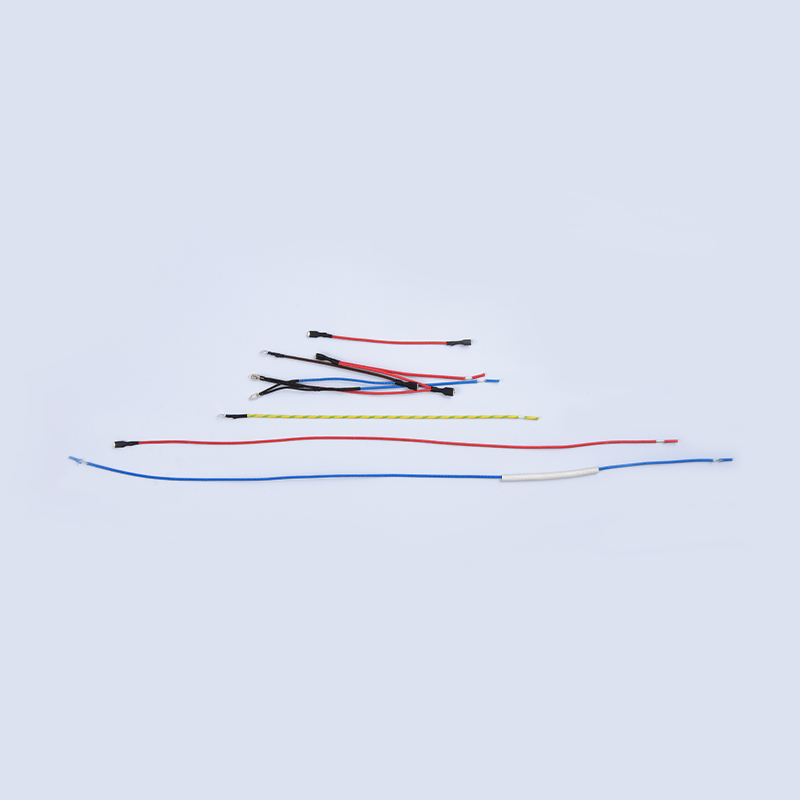+86-0574-63316601
Content
Deep fryers, as common high-temperature, high-load appliances in kitchens, are widely used in the food and beverage industry, providing significant convenience. Whether in restaurants, fast food establishments, or food processing plants, efficient deep fryer operation is crucial for ensuring cooking quality and work efficiency. However, due to the unique operating environment—high temperatures, high grease levels, and frequent operation—deep fryer lifespans are often severely challenged. The quality of the deep fryer's wiring harness, in particular, directly determines the safety, stability, and service life of the equipment. As the core electrical connection component of a deep fryer, a failure in the wiring harness not only compromises operational efficiency but can also cause safety issues such as electrical accidents and fires. Therefore, optimizing the design of the deep fryer wiring harness to reduce failure rates is crucial for improving equipment safety and service life.
The Importance of Deep Fryer Wiring Harnesses and Common Failures
The Core Role of the Wiring Harness in a Deep Fryer
The deep fryer wiring harness is responsible for connecting the deep fryer's power supply, heating element, temperature control system, electric motor, and other electrical components, ensuring smooth current flow and proper operation. As the "nerve center" of the entire electrical system, its design quality directly determines the stability, safety, and operational efficiency of the equipment.
Electrical Connection: The wiring harness connects the power supply to the equipment's various electrical components, ensuring the effective operation of components such as the heating element, thermostat, and sensors.
Ensuring Safety: A high-quality wiring harness effectively prevents current leakage and short circuits, avoiding potential safety hazards such as equipment damage and fire.
Improving Equipment Performance: The stability of the wiring harness directly affects the equipment's operating efficiency and service life. An optimally designed wiring harness can improve the deep fryer's operational stability and reduce the risk of failure.
Common Deep Fryer Wiring Harness Failures
Deep fryer wiring harness failures are commonly caused by the following:
Short Circuit Failure: Aging or wear of the insulation layer of the wiring harness can lead to poor contact between wires, resulting in a short circuit and causing equipment malfunction.
Overheating: Excessive loads on the wires within the wiring harness or the use of inferior materials can cause overheating and even fire.
Loose Connections: Vibration or frequent plugging and unplugging can loosen the connections in the wiring harness, causing unstable current or short circuits.
Wear and Corrosion: High temperatures and grease environments can damage the outer layer of the wiring harness, leading to electrical failures.
Aging and Cracks: After prolonged use at high temperatures, the insulation layer of the wiring harness may crack, exposing wires and increasing the risk of electric shock and fire.
These failures not only affect the normal operation of the equipment but also pose a threat to operator safety. Therefore, reducing their occurrence is crucial.
Optimizing Design: How can I reduce the incidence of deep fryer wiring harness failures?
As a crucial electrical component in a deep fryer, optimizing the wiring harness design can significantly reduce the risk of failure. By optimizing material selection, structural design, and connector configuration, the wiring harness's stability and durability can be effectively improved, reducing failures caused by design flaws.
Selecting High-Quality Wire and Materials
The wires in a wiring harness are the core component and directly determine the stability of current flow. Selecting high-quality wire materials can significantly improve the safety and stability of the wiring harness and reduce the risk of failure.
Tinned Copper Wire: Due to its excellent conductivity and oxidation resistance, tinned copper wire is widely used in high-temperature electrical equipment. The tin layer effectively prevents oxidation, increasing the stability and service life of the wiring harness.
Silver-Coated Copper Wire: Silver-coated copper wire offers higher conductivity than ordinary copper wire and is particularly suitable for equipment requiring high loads. Silver-coated copper wire also performs more stably in the high-temperature environment of a deep fryer.
Aluminum Alloy Wire: As a lightweight material, aluminum alloy wire not only offers excellent conductivity but also reduces the weight of the wiring harness, making it suitable for high-power equipment. High-Temperature Insulation Materials: To withstand high-temperature environments, the insulation layer of the wiring harness should be made of high-temperature-resistant materials, such as silicone rubber and polytetrafluoroethylene (PTFE). These materials offer excellent heat resistance, corrosion resistance, and abrasion resistance.
Using high-quality conductors and insulation materials can effectively reduce electrical failures caused by material problems and improve wiring harness reliability.
Structural Design Optimization: Improving Stability and Vibration Resistance
The structural design of the wiring harness directly impacts its stability, durability, and vibration resistance. A sound structural layout and design not only prolongs the wiring harness's lifespan but also reduces failures caused by external forces.
Reduce Bending and Stretching: During installation and use, wiring harnesses should be protected from excessive bending and stretching. Excessive bending and stretching can cause mechanical damage to the wires, thus compromising electrical connections. Design the wiring harness to maintain a straight alignment and avoid unnecessary bends.
Vibration-Resistant Design: During operation, deep fryers can be prone to loosening or damage due to vibration and frequent operation. Therefore, vibration-resistant design should be adopted, and wiring harnesses should be strengthened with enhanced fixings to prevent loosening or breakage caused by vibration.
Wiring harness management system: A reasonable wiring harness management system can effectively control the length and arrangement of wiring harnesses, preventing fatigue and wear caused by improper use. Furthermore, using appropriate fixing fixtures ensures that the wiring harnesses are securely fixed to prevent damage caused by external forces.
By optimizing the wiring harness's structural design to reduce mechanical damage and external influences, the long-term stability of the harness can be effectively improved and the failure rate can be reduced.
Optimizing connector and connector design
The connectors and connectors in a wiring harness are key points for current flow. Proper design of these areas is crucial to reducing wiring harness failures. Connector quality directly impacts stable current transmission and equipment safety.
Increasing contact area: To improve the electrical connection stability of the wiring harness, the connector contact area should be increased during design. A larger contact area helps distribute current density and reduce the risk of localized overheating.
Using high-quality connectors: Selecting connectors that are heat-resistant and corrosion-resistant can effectively reduce failures such as short circuits and overheating caused by connector quality issues. For example, stainless steel or gold-plated connectors can improve corrosion resistance and durability at the connection points.
Locked Design: To prevent connectors and joints from loosening due to vibration or frequent operation, a locked design should be used to increase the tightness of the joints, thereby ensuring stable current flow.
By optimizing the design of connectors and joints to improve the reliability of electrical connections, you can effectively reduce failures caused by loose or corroded connectors.
Regular Maintenance and Inspection
Although the wiring harness design has been optimized, it will still be affected by factors such as temperature, oil smoke, and moisture during long-term use of the deep fryer. To extend the service life of the wiring harness, regular maintenance and inspection are necessary.
Regular Inspection: Regularly inspect the wiring harness insulation, wires, connectors, and other components to ensure they are intact. Any signs of deterioration, cracks, or corrosion should be replaced or repaired promptly.
Cleaning and Maintenance: Deep fryers operate in an environment prone to oil and dirt. Clean the wiring harness regularly to prevent oil accumulation and damage to the wire insulation. Operational Training: Strengthen employee training on the use and maintenance of deep fryers and wiring harnesses to prevent damage to the wiring harnesses due to improper operation.
Regular inspection and maintenance can effectively extend the service life of the wiring harnesses and reduce the occurrence of malfunctions.




 中文简体
中文简体